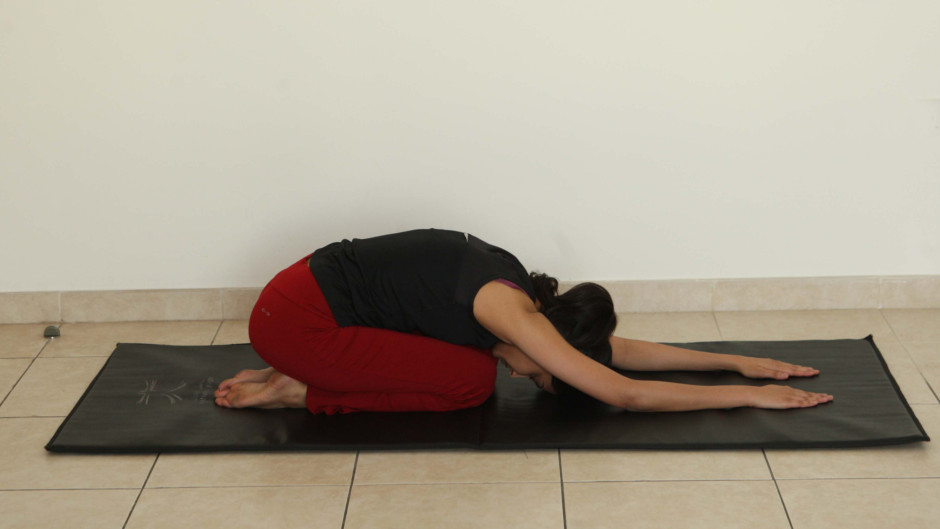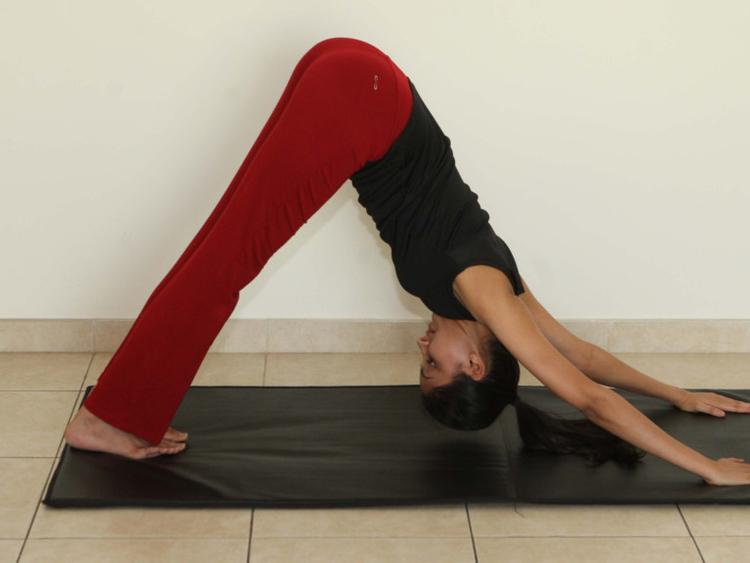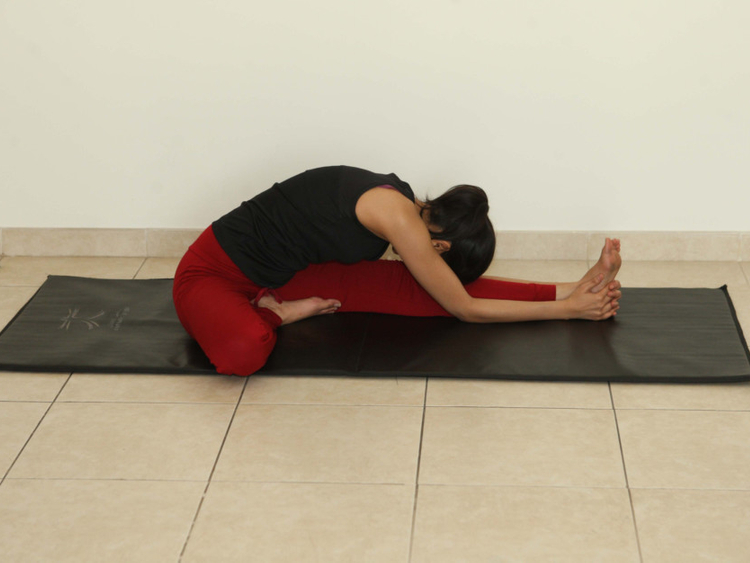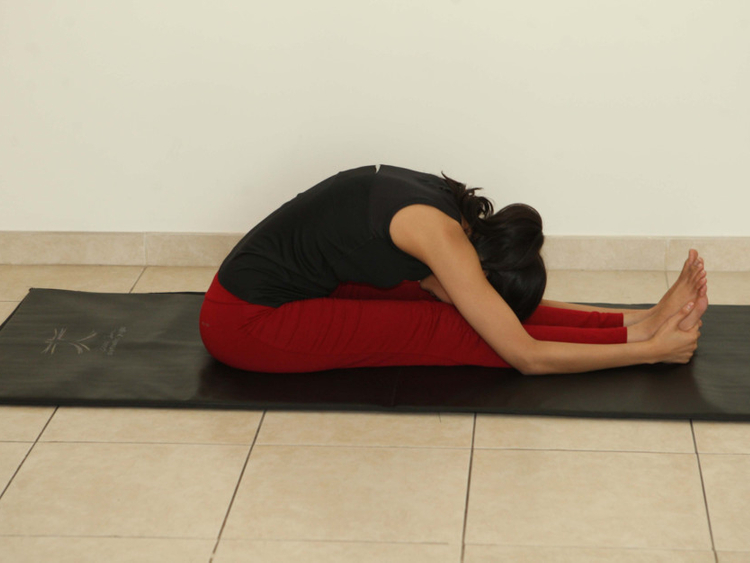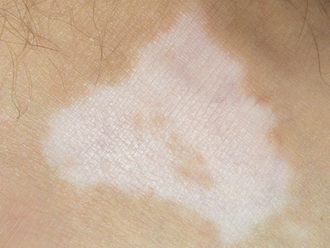
Attention deficit hyperactivity disorder (ADHD) is a behavioural disorder which starts in childhood and can continue through adolescence and adulthood. Common symptoms include hyperactivity, impulsiveness, inattentiveness, and difficulty in controlling one’s behaviour. Most children get distracted, act impulsively, and struggle to concentrate at one time or another. These normal factors should not be mistaken for ADHD.
Adults with ADHD may experience anxiety, depression, low self-esteem, poor organisational skills, addictions, relationship issues and more. Therefore professional guidance is a must. With treatment, most individuals with ADHD can do well at school and lead productive lives.
The yoga connection
Yoga being non-competitive in nature can help people with ADHD deal with day to day challenges in a more relaxed and effective way. Studies have suggest that yoga can be an effective complementary or concomitant treatment for ADHD and further research is being carried out.
Simple ways in which yoga can help ADHD are explained here.
- It is observed that an exercise routine of at least 20 minutes can significantly help improve focus in individuals struggling with ADHD. Yogic postures, especially forward bends such as, shashankasana (hare pose), adho mukha svanasana (downward dog), janusirasana (head to knee pose), paschimmotanasana (back stretching pose) have calming effects on the practitioner and help increase focus and coordination in individuals.
- A key problem faced by individuals dealing with ADHD is a lack of inhibitory control. Inhibitory control is the individual’s ability to override the natural, habitual or dominant behavioural response to a stimulus and implement a more adaptive goal-oriented behaviour. Yoga and meditation techniques are a proven way to enhance inhibitory control by increasing self-awareness.
- Mindfulness techniques, too, help control ADHD. Mindfulness is being in the present while remaining non-judgemental. Though it may seem like a challenge at the beginning to cultivate mindfulness, a yoga professional can guide the individual through various techniques such as pranayama (breath regulation), nada yoga (yogic sounds) and yoga nidra (yogic sleep). These, over a period of time, can inculcate and enhance mindfulness.
Brahmari Pranayama (humming bee breath) is one simple technique.
Sit in a comfortable meditation asana with the back straight and shoulders relaxed.
Close the eyes and relax the whole body. The lips should remain gently closed with the jaw relaxed.
Plug the ears with thumbs, resting the other four fingers on the head.
Breathe in through the nose. Then slowly exhale, making a deep and steady humming sound (hummm) like that of the bumble bee.
The sound should be smooth, even and continuous for the duration of the exhalation. This is one round.
At the end of exhalation, breathe in deeply and repeat the process. Perform 5-10 rounds.
Bhramari pranayama induces a meditative state by harmonising the mind and directing the awareness inwards. The vibrations of the sounds create a soothing effect on the mind and nervous system. It is also an important aspect of nada yoga which uses subtle sound vibration to attune the practitioners with their true nature.
This should not be performed lying down. People suffering from severe ear infections should also avoid this.
Practice of the week
Shashankasana
Adho mukha svanasana
Janusirasana
Paschimmotanasana
Bhramari pranayama
Next Week: Improve frozen shoulder with yoga
— This is an interactive series, in which we will bring you practical tips on daily living, inspired by the vision of yoga. Write in to tabloid@gulfnews.com with your questions and doubts regarding enhancing your lifestyle through yoga. For more information, call 800-YOGA (9642) or log on to artisticyoga.com



